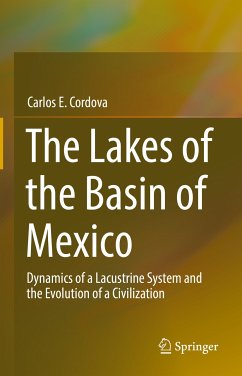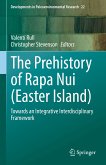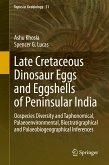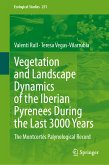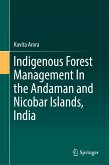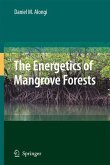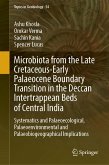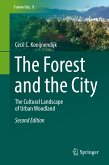This book is a review of research on the prehistoric and historic evolution of the Basin of Mexico's lacustrine systems since prehistoric times. Based on this review, the book presents a model of long and short-term natural lacustrine dynamics as the basis for understanding the processes of human adaptation and transformation of the lacustrine ecosystems of the Basin of Mexico. Although only remains of the former lakes exist, the book stresses the importance of the former lacustrine basins in areas of natural and cultural heritage. Many misconceptions and misinterpretations of the lakes exist due to little interdisciplinary work regarding the natural dynamics of the lakes and their control by human societies that affect our historical knowledge of the lacustrine systems that once existed in the Basin of Mexico. Therefore, the book attempts to not only feed into the local knowledge of the lakes, but also contribute to the worldwide knowledgeof lacustrine dynamics and human populations that lived in and around them. The book will be of interest to geographers, geologists, archaeologists, natural historians and environmental scientists, and will be of further use to civil engineers who work on the problems of structural foundations and redesigning problems with flooding.
Dieser Download kann aus rechtlichen Gründen nur mit Rechnungsadresse in A, B, BG, CY, CZ, D, DK, EW, E, FIN, F, GR, HR, H, IRL, I, LT, L, LR, M, NL, PL, P, R, S, SLO, SK ausgeliefert werden.

